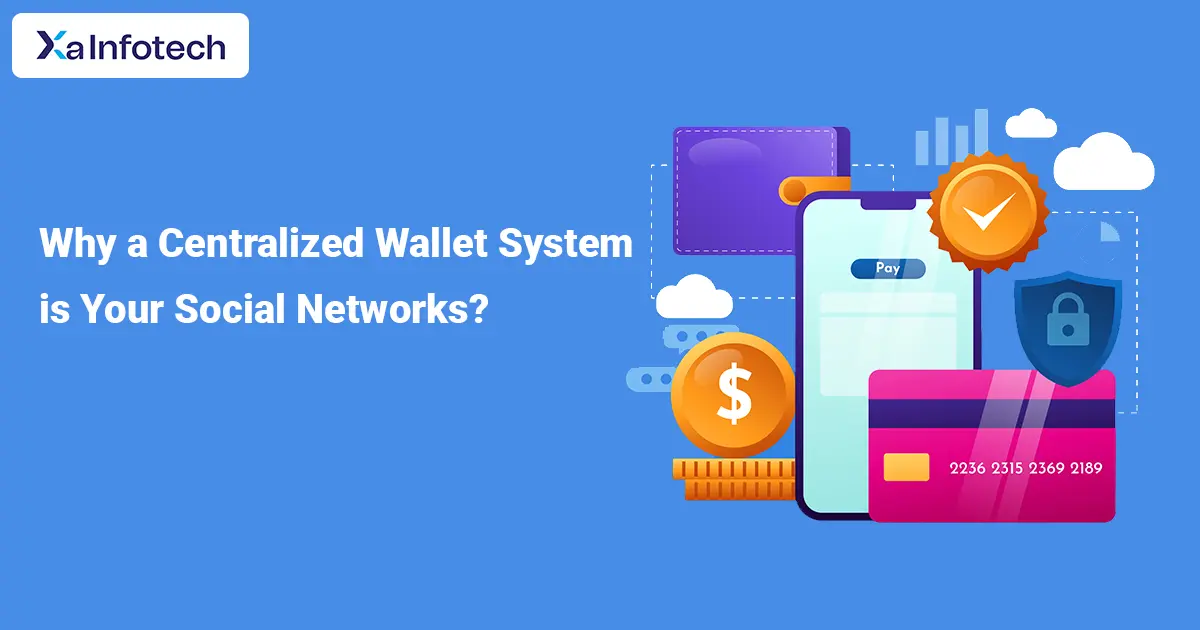Why a Centralized Wallet System is Your Social Networks?
In today’s creator and community economy, a social network is more than just a place to connect—it’s a platform for transactions. A built-in wallet system isn’t just a convenient feature; it’s the central nervous system for your monetization strategy, creating a seamless, secure, and sticky financial experience for your members.
Trying to handle payments through a patchwork of external links and third-party processors is clunky, unprofessional, and leaves money on the table. A unified wallet system solves this.
The Critical Importance of a Wallet System
1. Unmatched User Convenience & Trust
- One-Click Purchases: Members can buy subscriptions, tips, products, or event tickets without repeatedly entering their payment details. This dramatically reduces friction and increases conversion rates.
- Unified Transaction History: Users can see a complete record of every payment, purchase, and payout in one place. This transparency builds immense trust and reduces support queries (“Where is my receipt?”).
- Financial Identity: The wallet becomes a core part of their identity on your platform, holding balances, rewards, and purchase history.
2. Centralized Monetization for You (The Business Case)
- Capture All Revenue Streams: Instead of managing Stripe for subscriptions, PayPal for tips, and Eventbrite for tickets, you have one integrated system. This simplifies accounting, reporting, and tax compliance immensely.
- Enable Microtransactions: A wallet balance allows for small, impulse purchases (e.g., tipping a creator $1, buying a digital sticker for $0.50) that are not feasible with traditional payment gateways due to fees.
- New Business Models: You can facilitate peer-to-peer (P2P) transactions, creator payouts, and internal marketplaces. You can even take a small platform fee on each transaction, creating a powerful new revenue stream.
3. Improved Cash Flow & Financial Control
- Holding Funds: When a user tops up their wallet, you have immediate use of that capital before the service is even delivered. This improves your working capital.
- Refunds and Credits: Handling refunds becomes effortless—you can simply credit the user’s wallet (encouraging them to spend it again on the platform) instead of processing card refunds.
4. “Sticky” Platform Ecosystem
- Lock-In Effect: A user with a balance in their wallet is far more likely to return to your platform to spend it. It increases user retention and lifetime value.
- Rewards and Loyalty: You can easily reward users by depositing funds into their wallet for referrals, contests, or content milestones.
Core Features of a Robust Wallet System
A simple balance isn’t enough. Your wallet should be a full-featured financial hub.
| Feature | Description | Why It’s Important |
| Balance Overview | Clear display of current available balance. | User’s financial dashboard at a glance. |
| Transaction History | Searchable, filterable list of all credits/debits. | Transparency and record-keeping for users. |
| One-Click Top-Ups | Easy way to add funds via card, bank transfer, etc. | Reduces friction for future purchases. |
| Seamless Checkout | Use wallet balance as a payment method at checkout. | The core of the convenience factor. |
| Payouts/Withdrawals | For creators to withdraw their earnings. | Essential for a two-sided marketplace. |
| Transaction Status | Shows pending, completed, or failed transactions. | Manages user expectations. |
| Admin Control Panel | View all user wallets, transactions, and manage issues. | Essential for fraud prevention and support. |
How to Implement It: A Technical Architecture Overview
You don’t need to become a licensed bank. You build a layer on top of established payment processors.
The Architecture Flow:
- Database Structure: Create wallets and transactions tables in your database linked to your users table.
- Payment Gateway Integration: Use a powerful, developer-friendly API like Stripe or Braintree to handle the actual money movement. They manage PCI compliance, fraud prevention, and global payments.
- The Process:
- A user clicks “Add $20 to Wallet.”
- Your frontend talks to your backend server.
- Your backend creates a Payment Intent with Stripe.
- Stripe returns a secure client secret to confirm the payment on the frontend.
- Upon successful payment confirmation from Stripe, your backend creates a transaction record crediting the user’s wallet balance in your database.
- The user’s UI updates instantly.
- Spending the Balance:
- At checkout for a product ($10), the user selects “Pay with Wallet Balance.”
- Your backend checks their balance, and if sufficient, debits $10 from their wallet and credits $10 to your platform’s revenue (or the creator’s wallet, minus your fee).
- It creates a new transaction record for the purchase.
Recommended Tech Stack:
- Payment Processor: Stripe is the industry leader for this use case due to its powerful API, subscription billing, and connect features for marketplace payouts.
- Backend: Node.js (with Stripe SDK), Python (Django), PHP (Laravel Cashier package).
- Frontend: Stripe’s pre-built Elements or PaymentElement for a secure, customizable UI.
- Database: PostgreSQL or MySQL to reliably handle financial transactions.
- Platform Fees: You can charge a small processing fee on top-ups or take a percentage of each transaction that uses the wallet (e.g., 5% on all product sales).
- Minimum Top-Ups: Set a minimum top-up amount (e.g., $5) to minimize payment processing fees eating into your revenue.
- Abandoned Balances: Establish a terms of service policy for handling dormant accounts with small balances.
- Security & Fraud: This is paramount. Rely on your payment processor’s (Stripe’s) advanced fraud detection tools. Never store raw credit card details yourself.
Final Verdict: It’s a Must-Have
A wallet system transforms your social network from a passive communication tool into a vibrant, self-sustaining economic ecosystem.
It benefits everyone:
- Users get a seamless, secure, and convenient way to transact.
- Creators get a direct path to monetize their influence.
- You (the platform owner) gain a centralized, efficient, and highly profitable financial infrastructure that makes your website indispensable.

